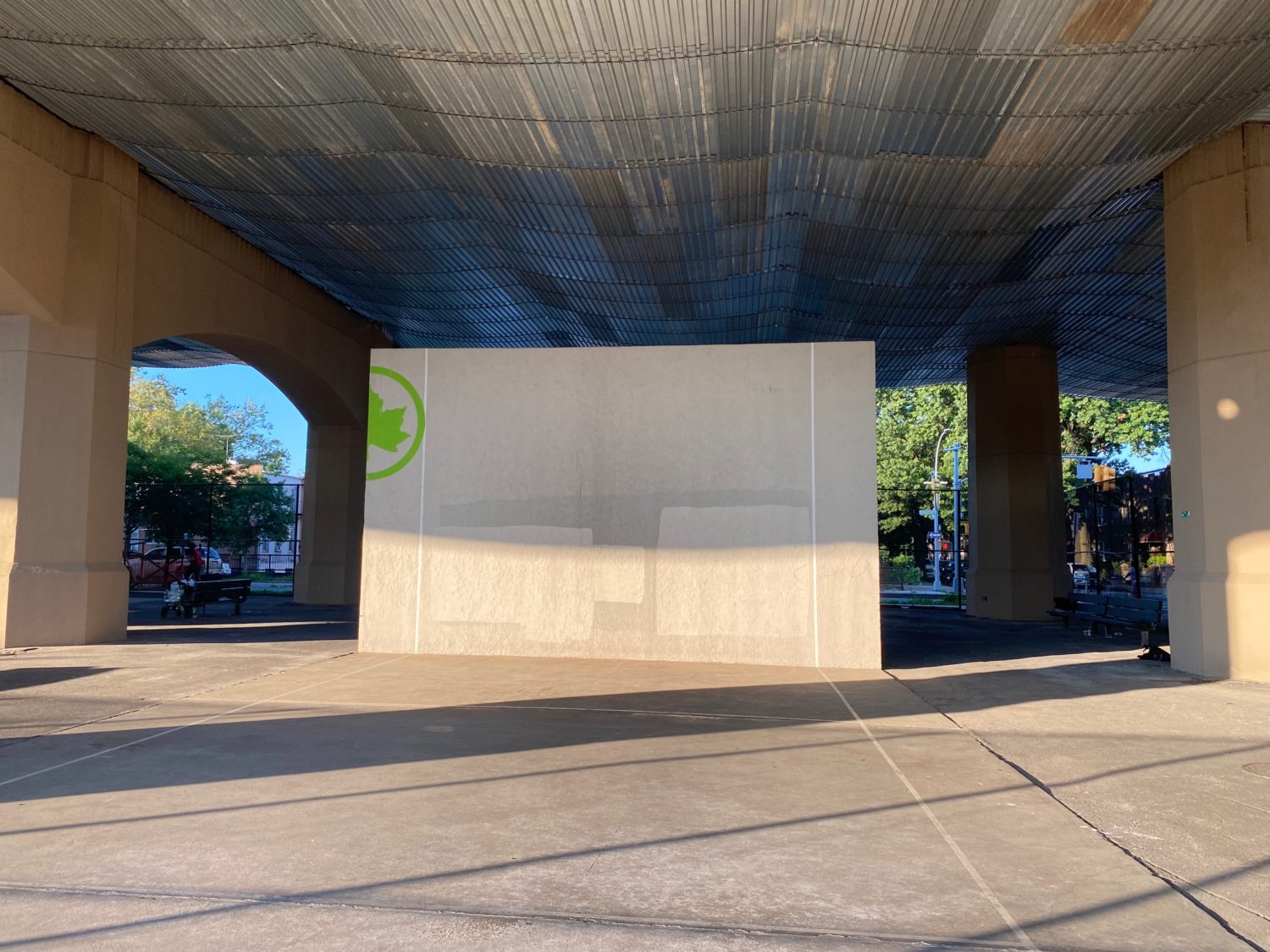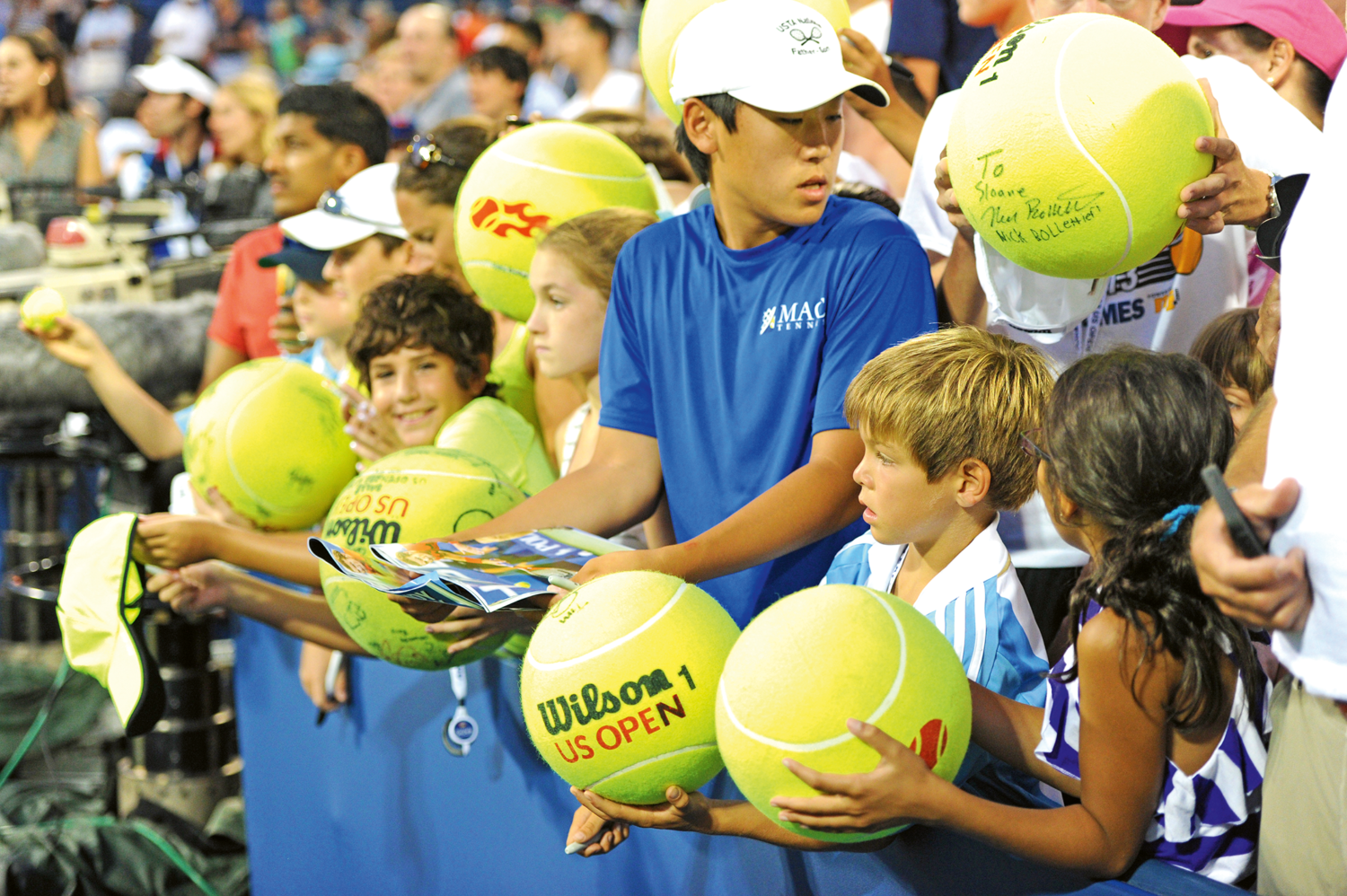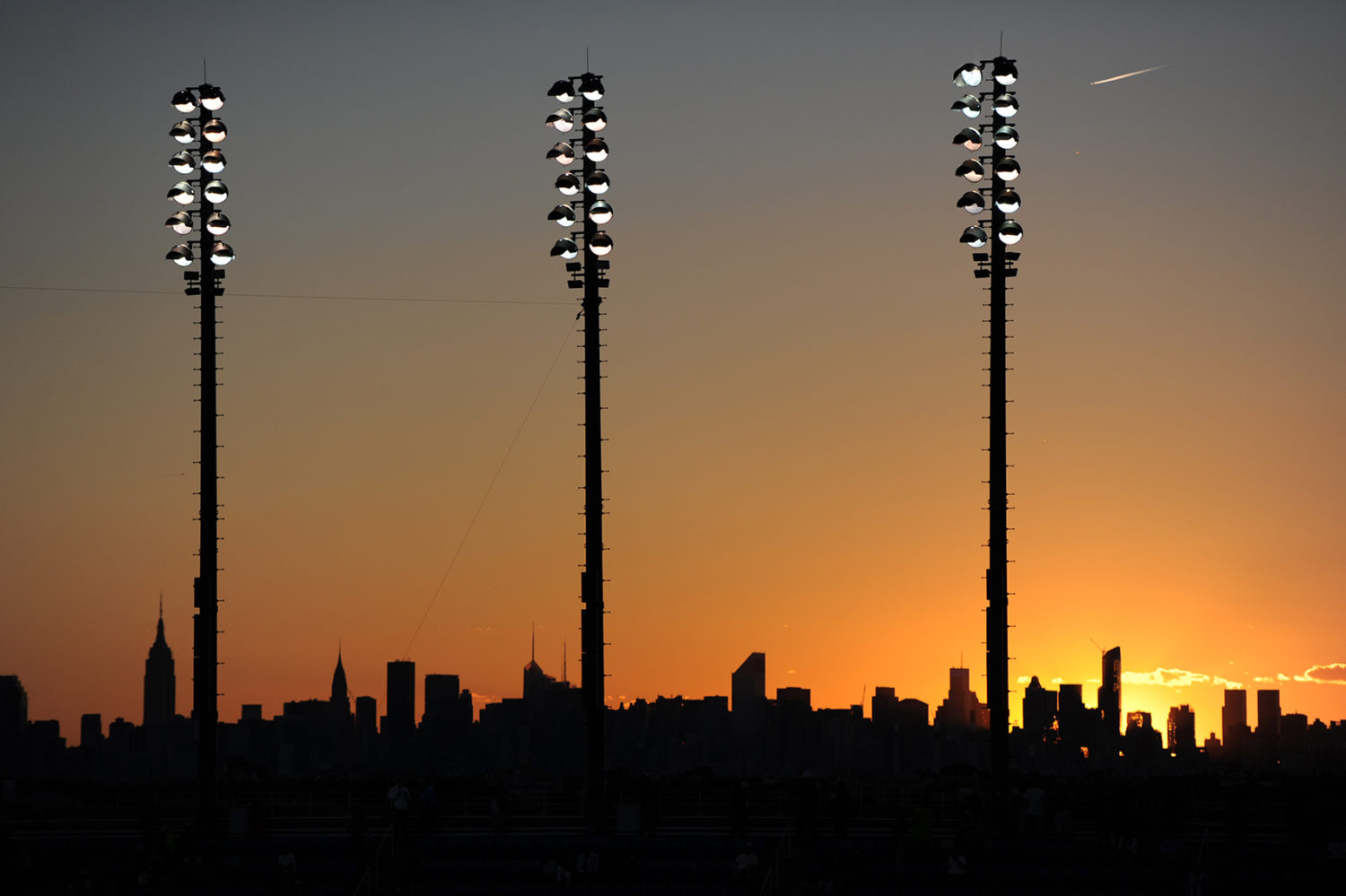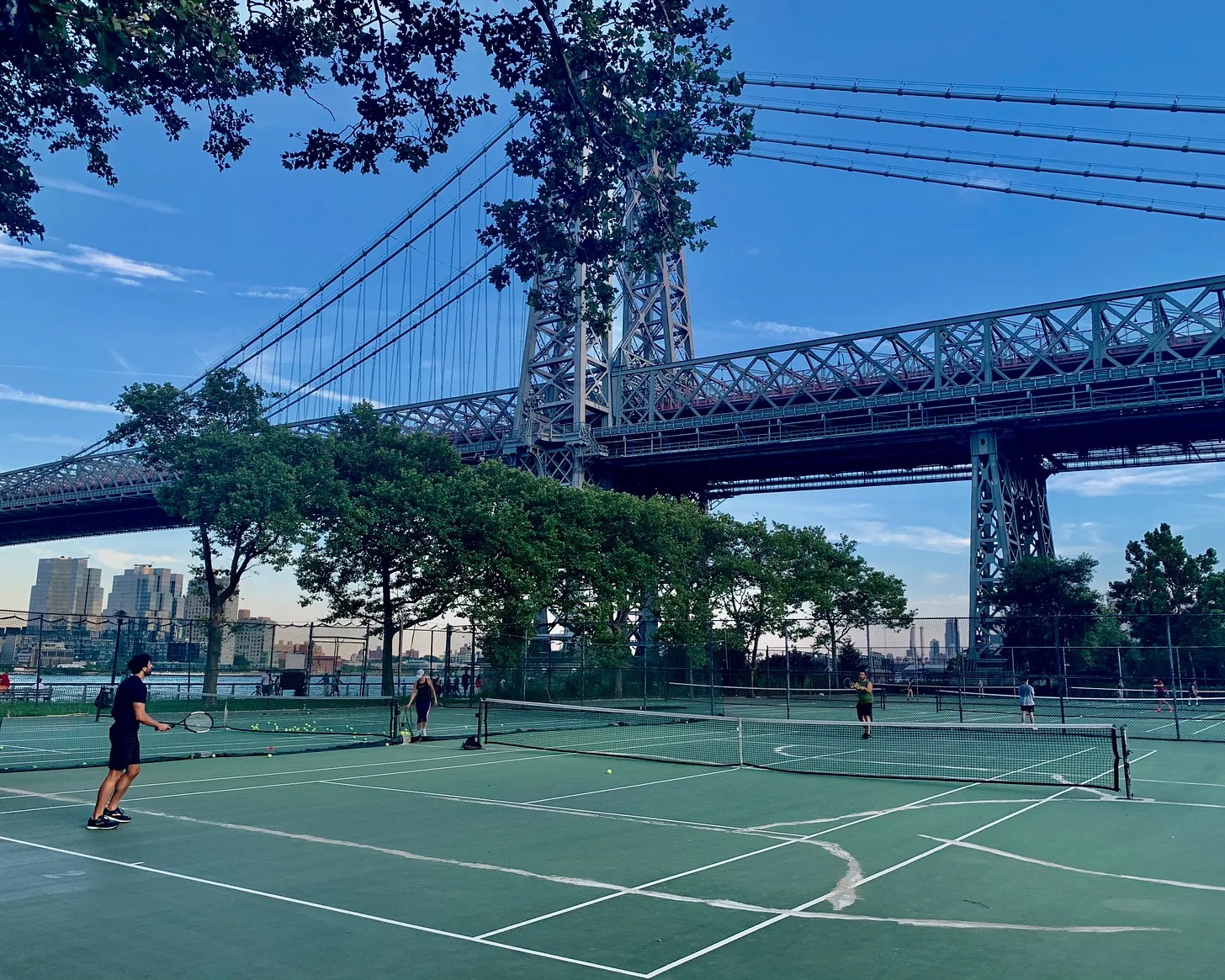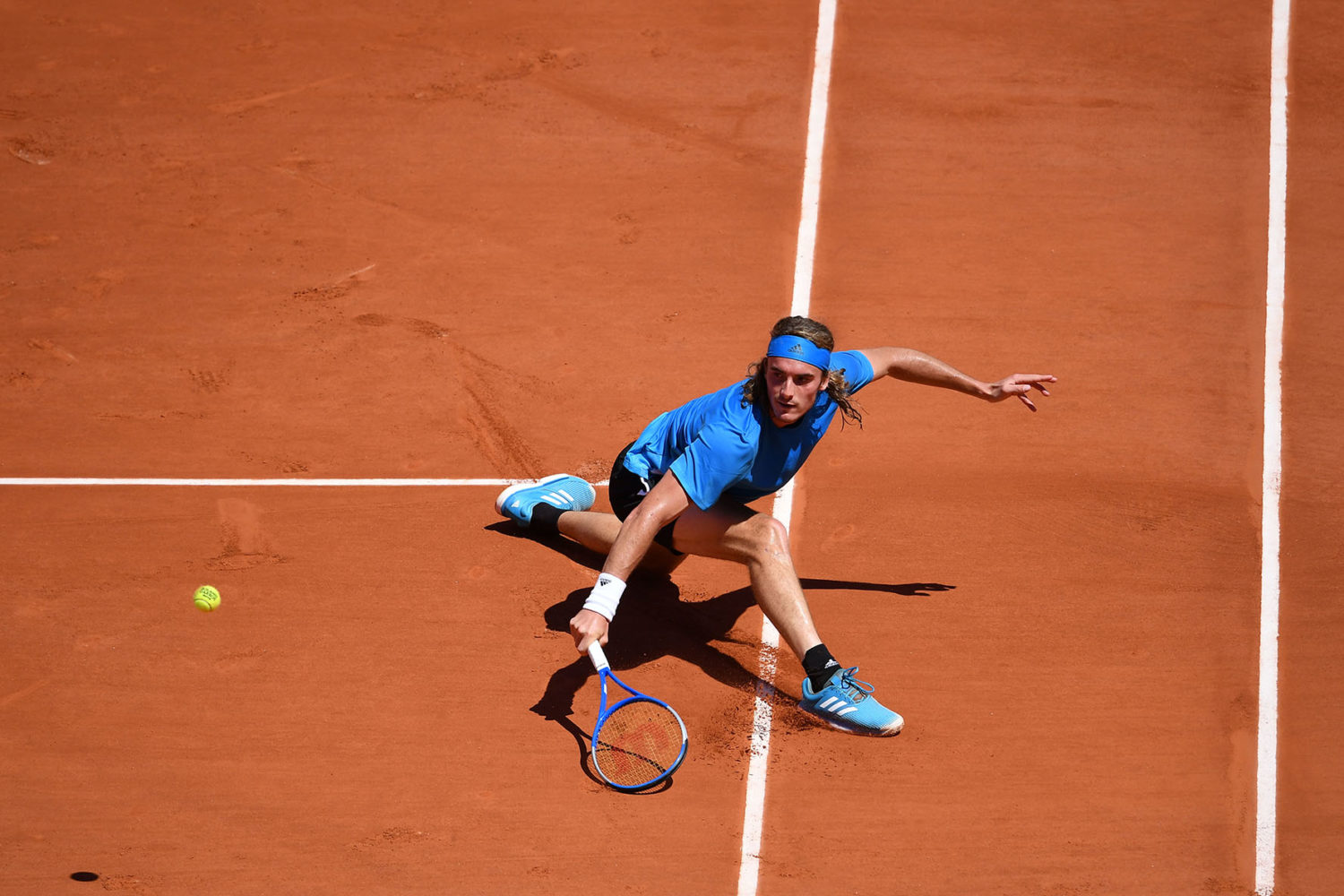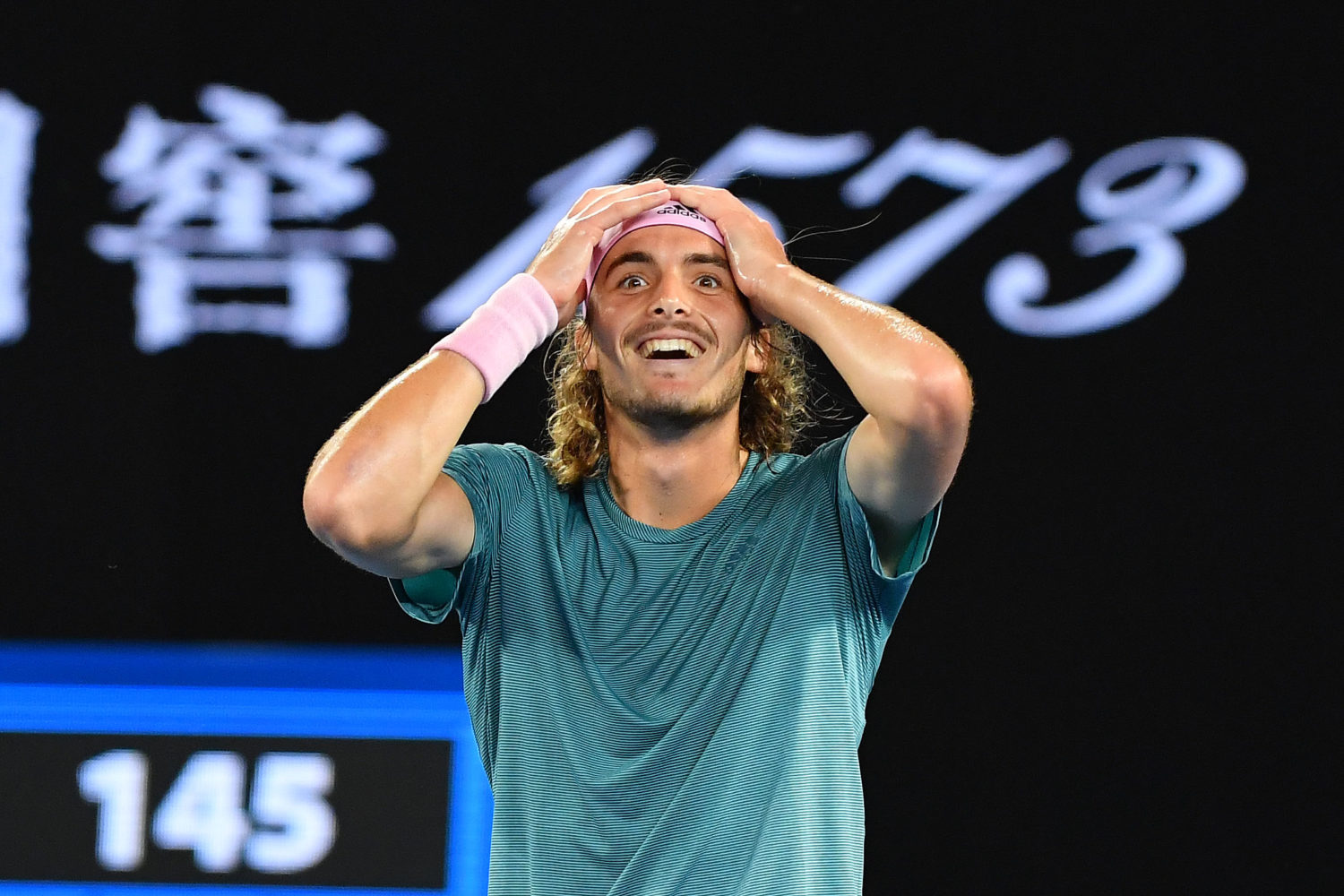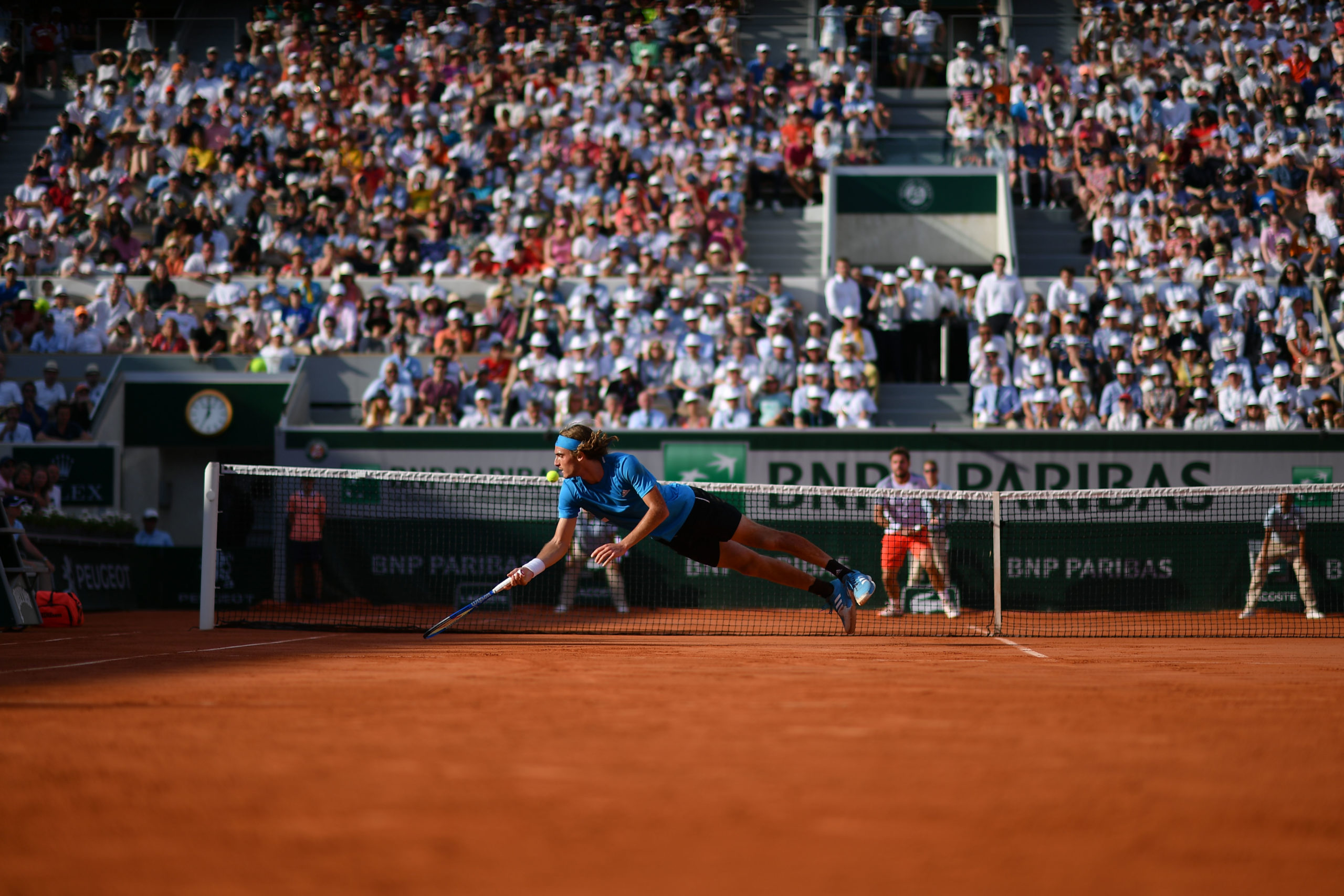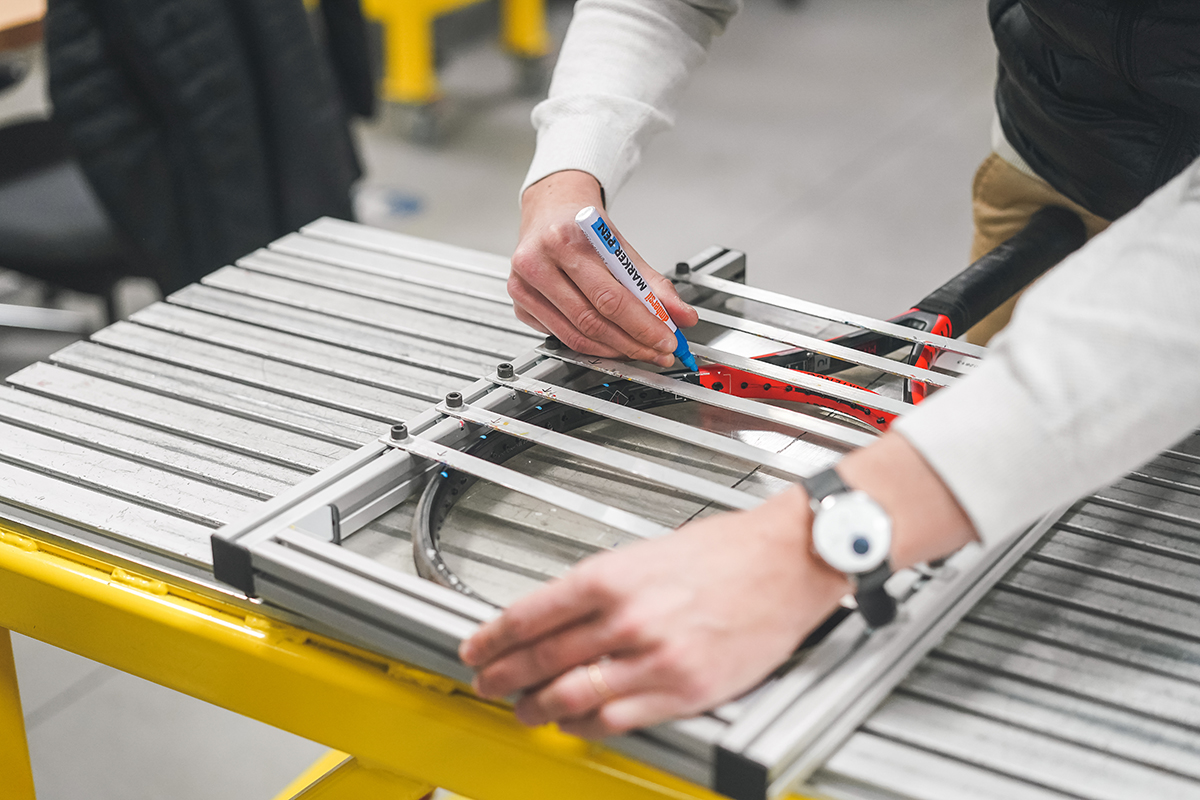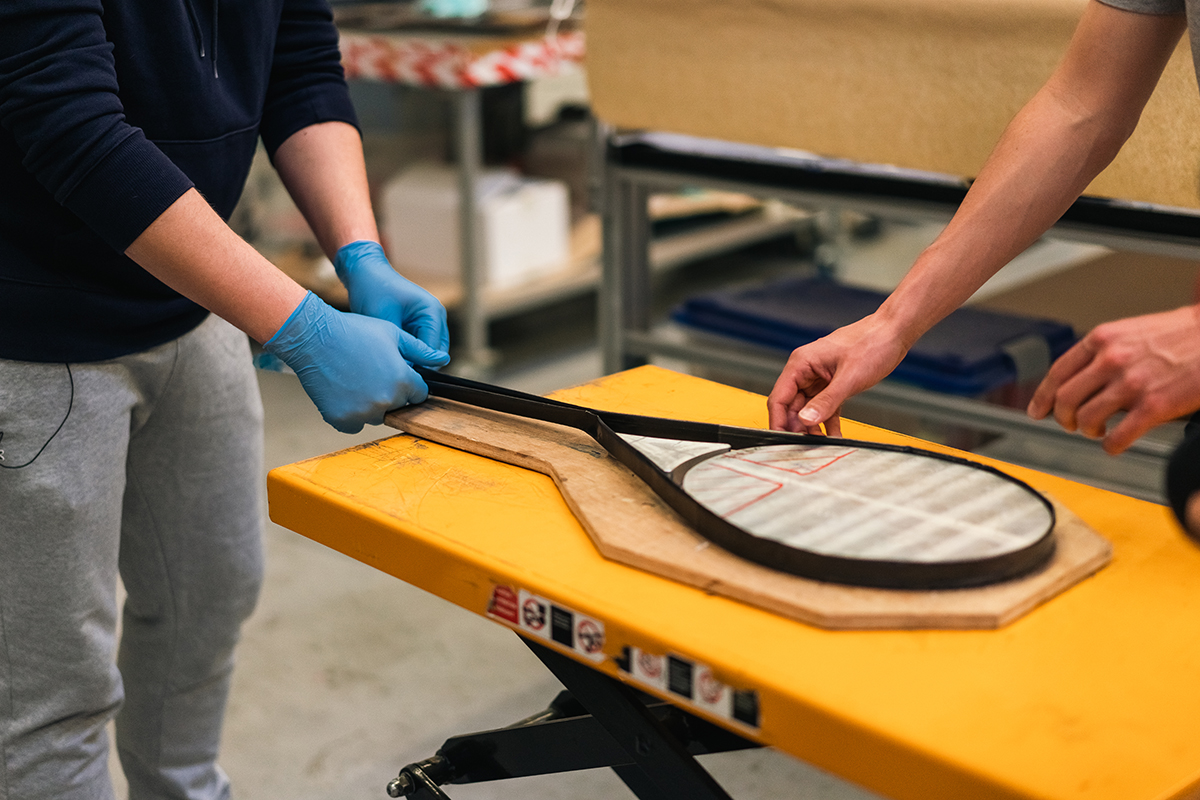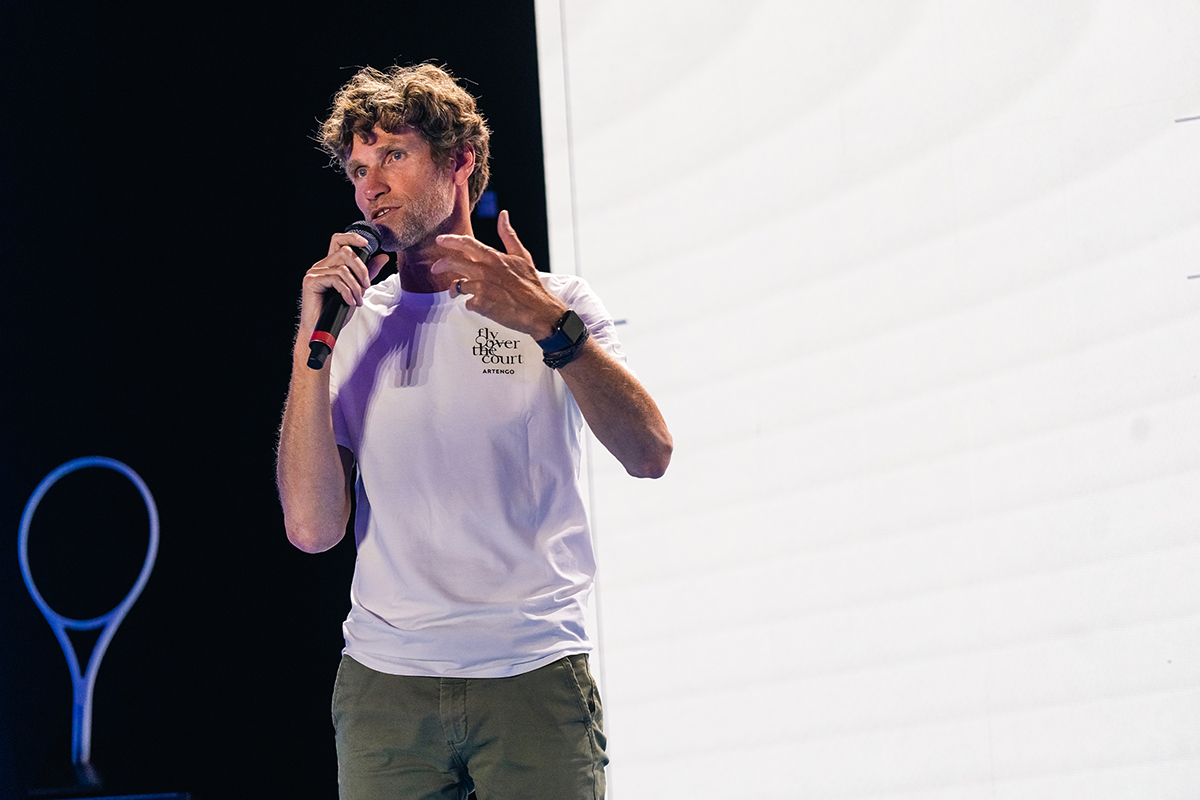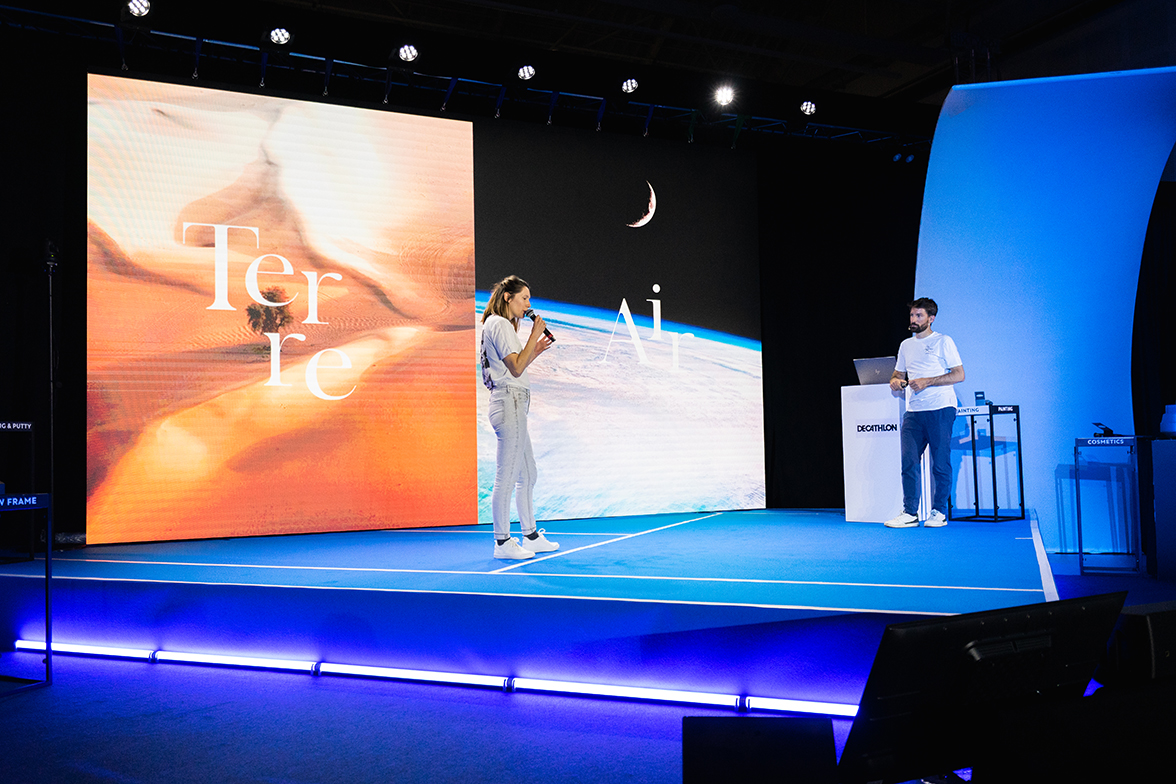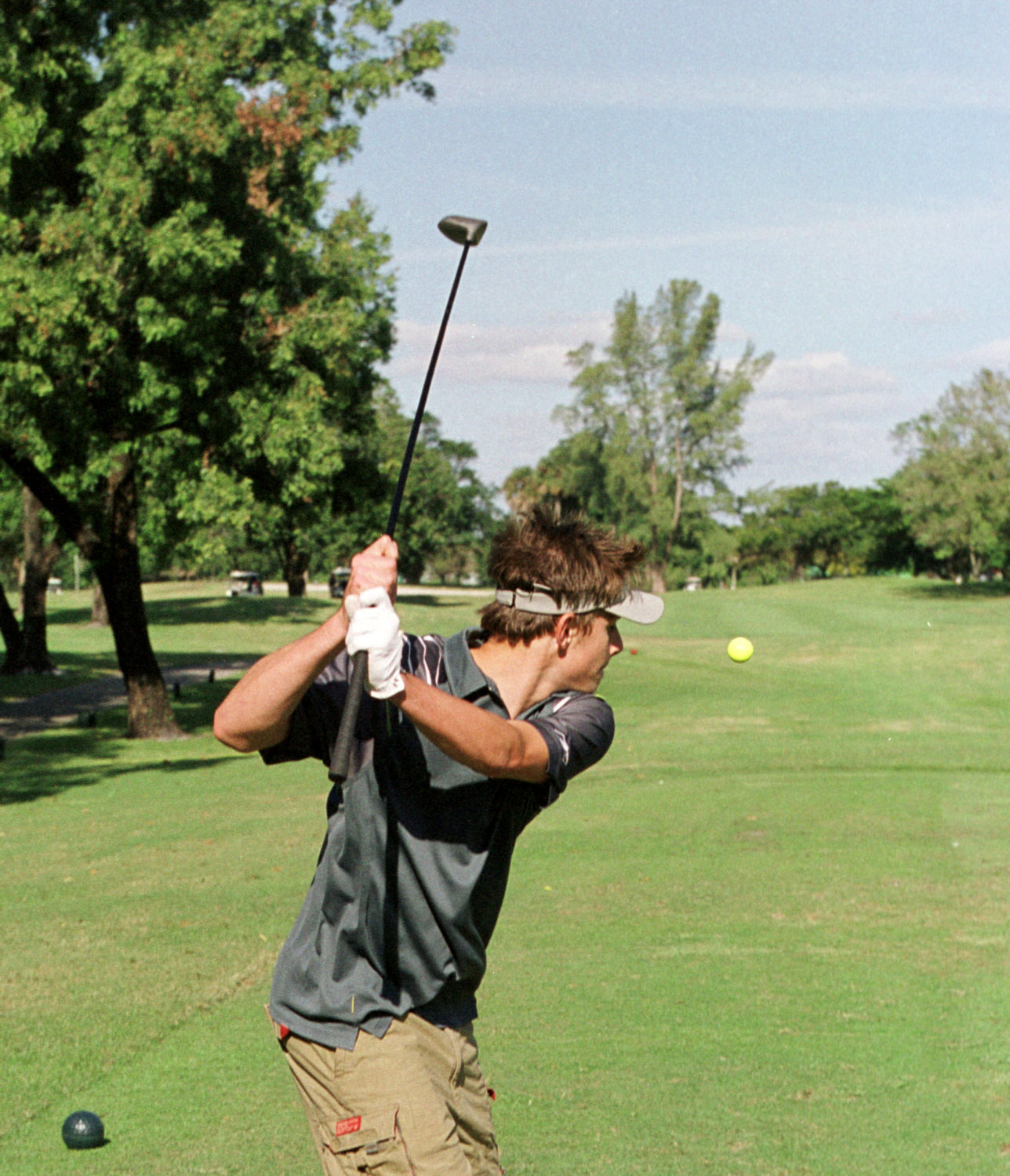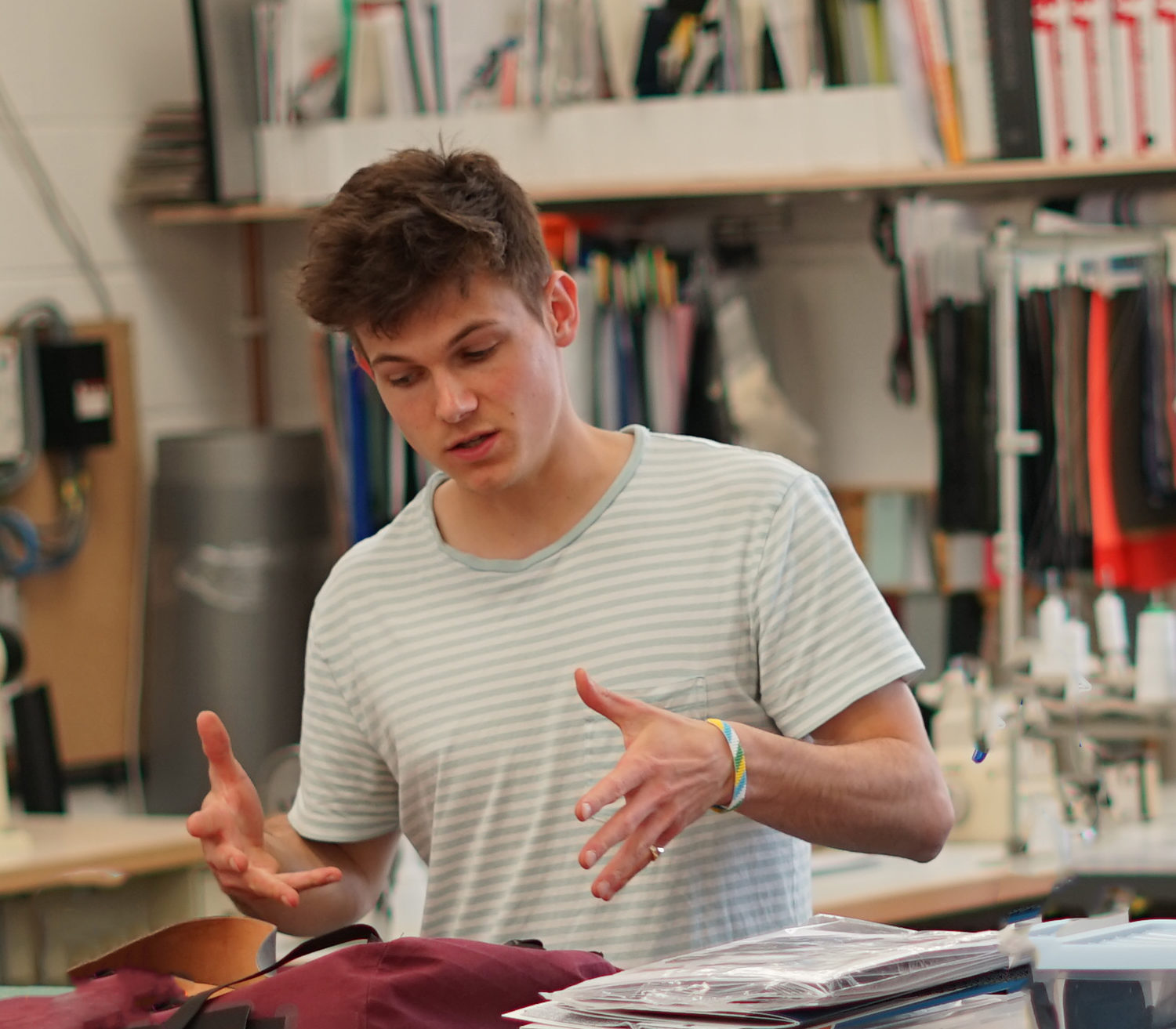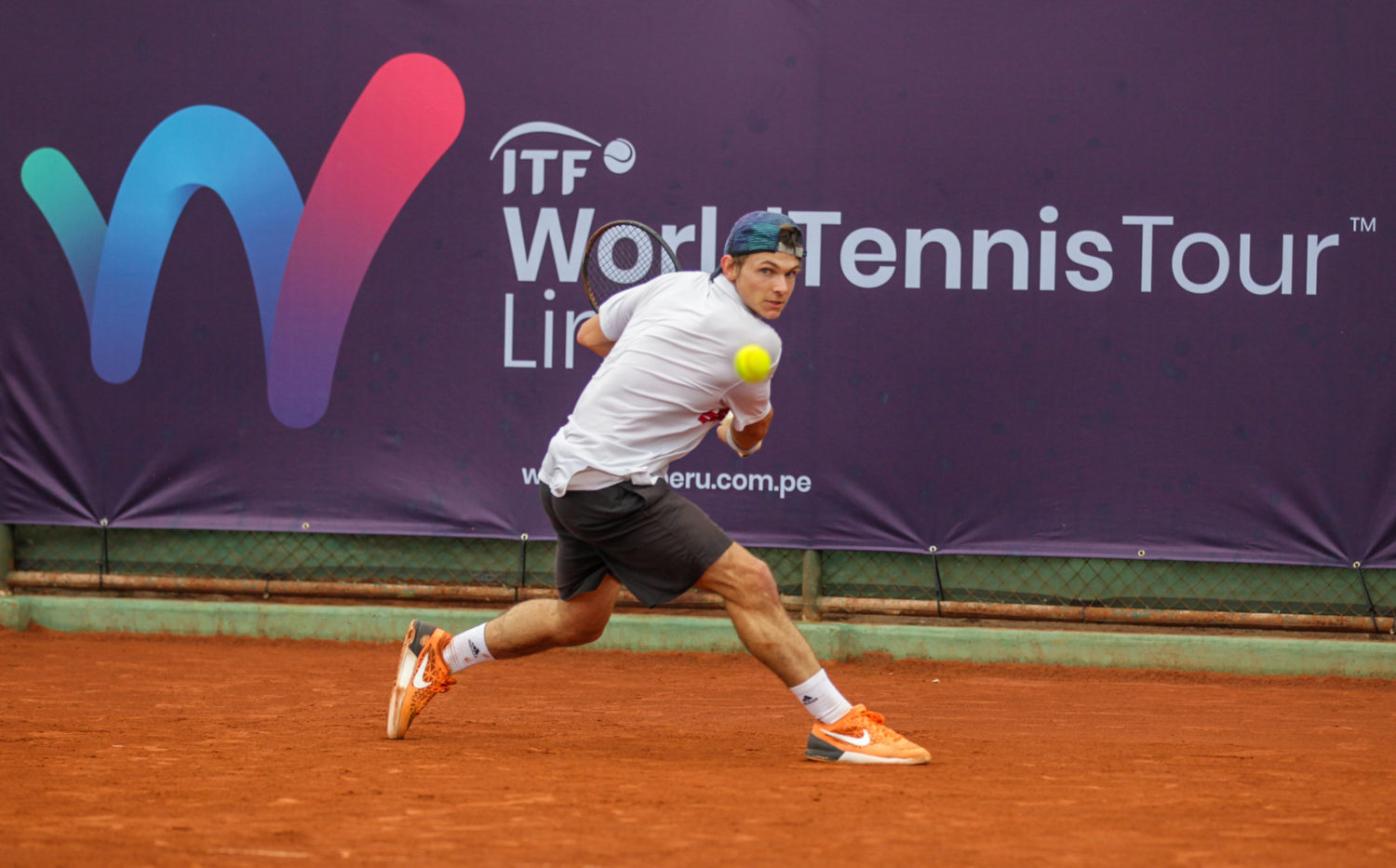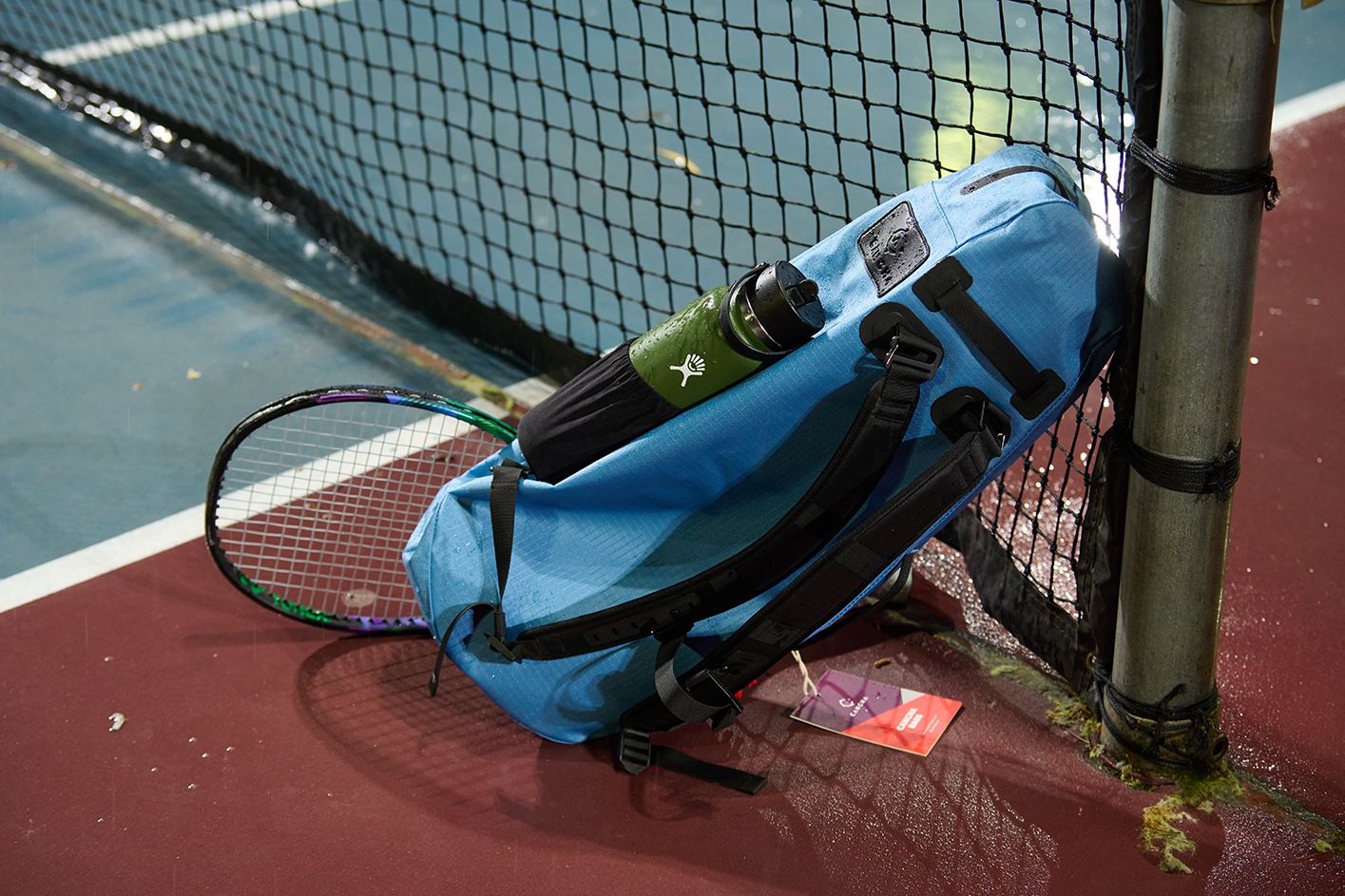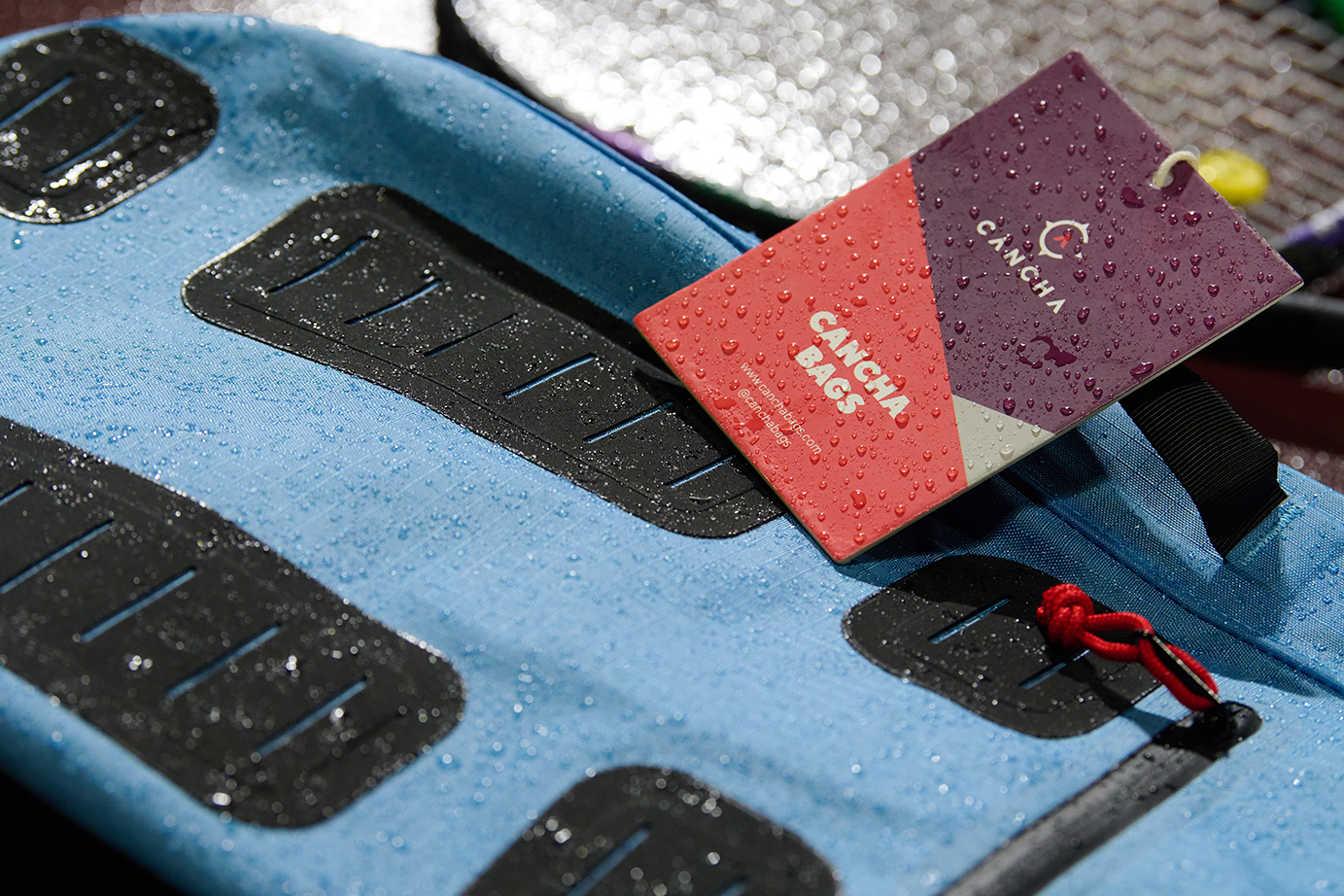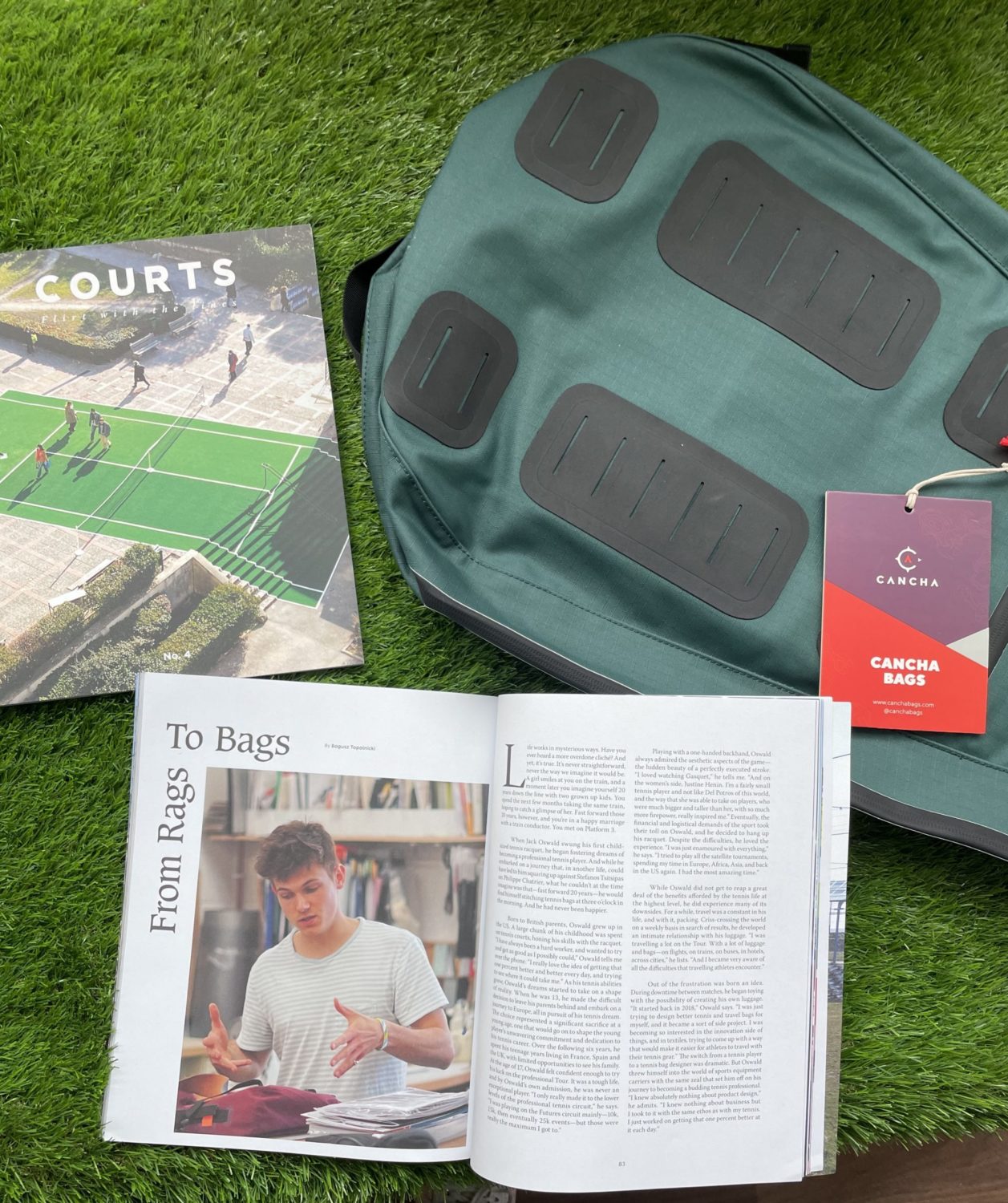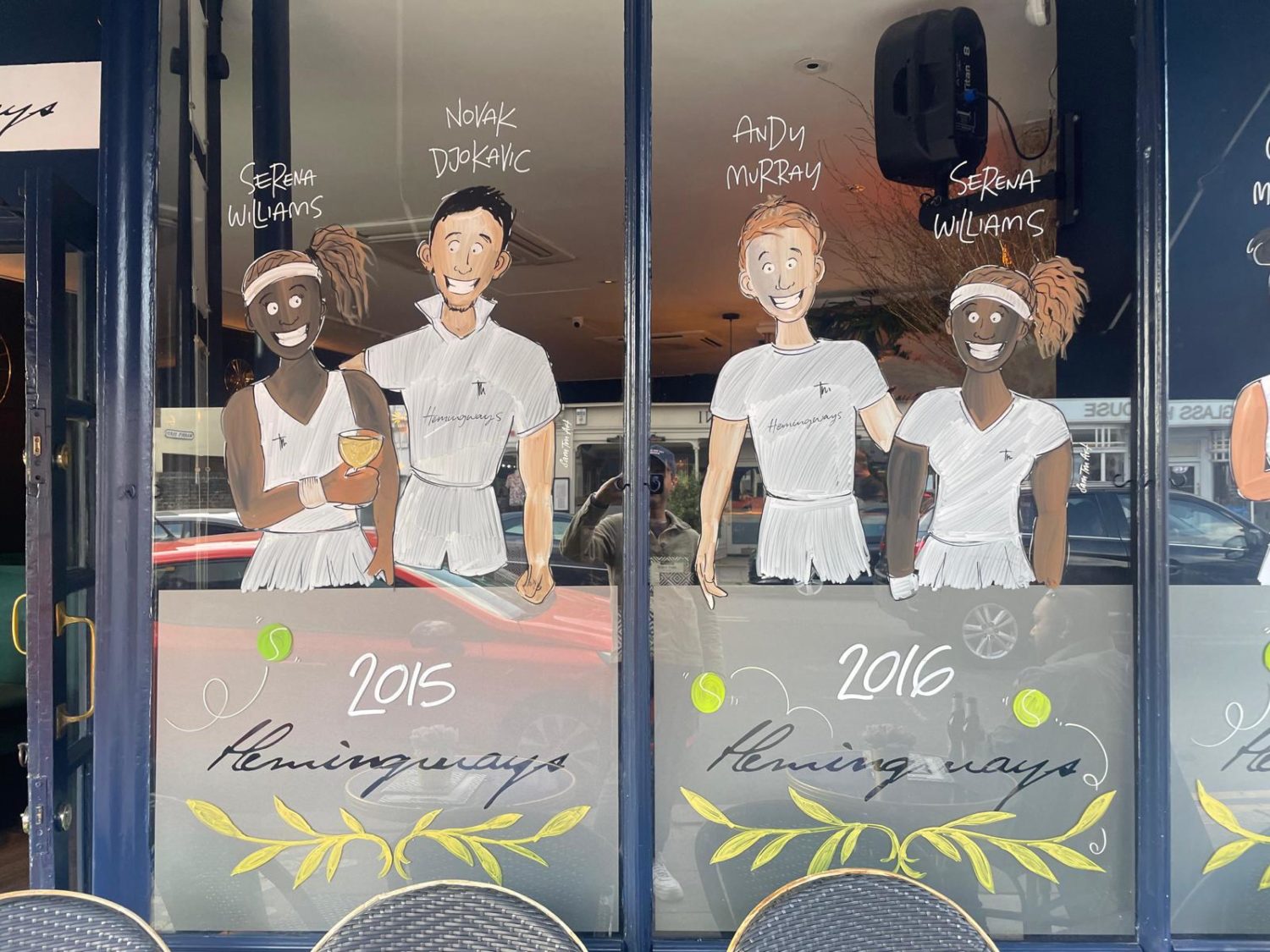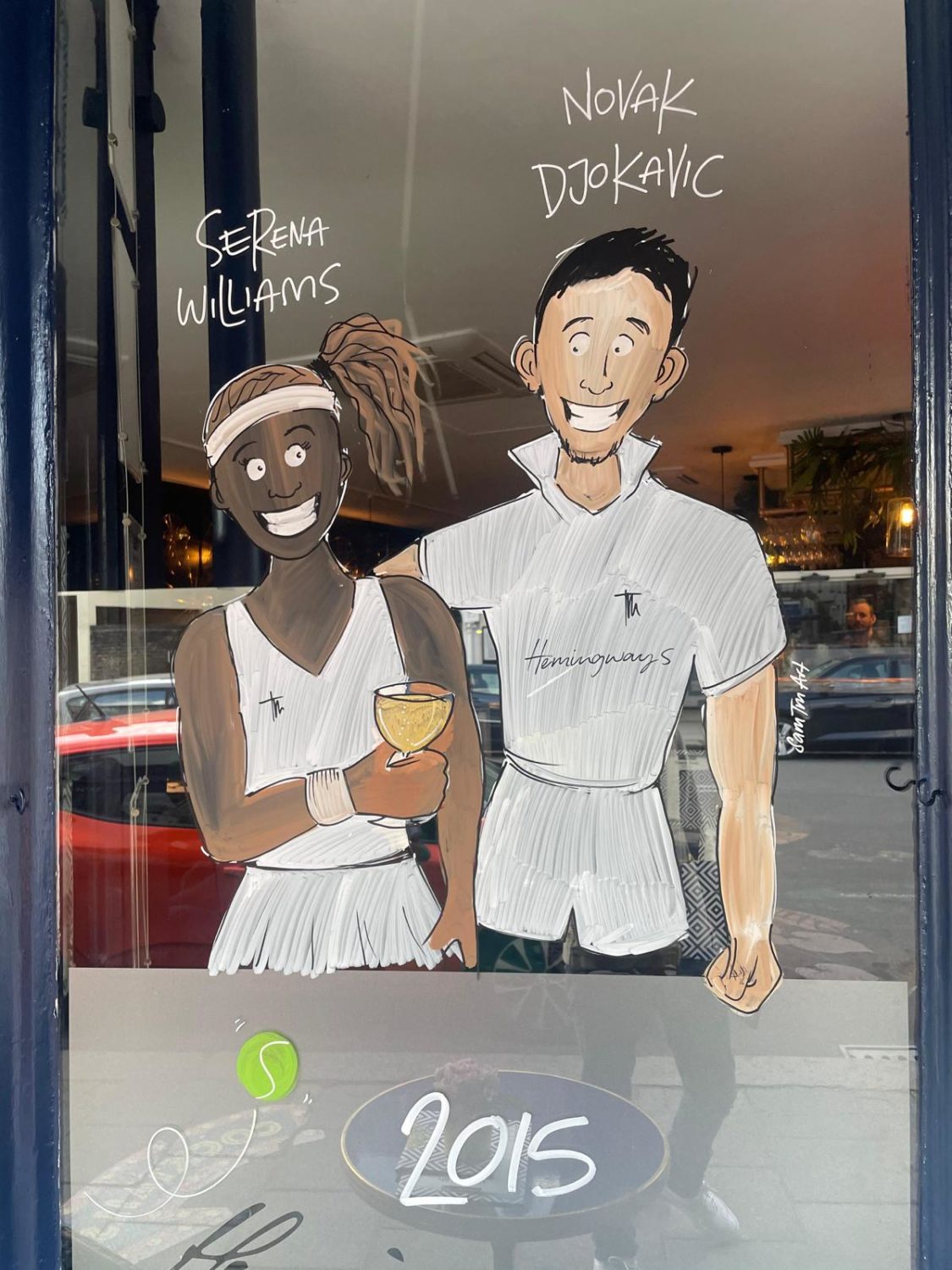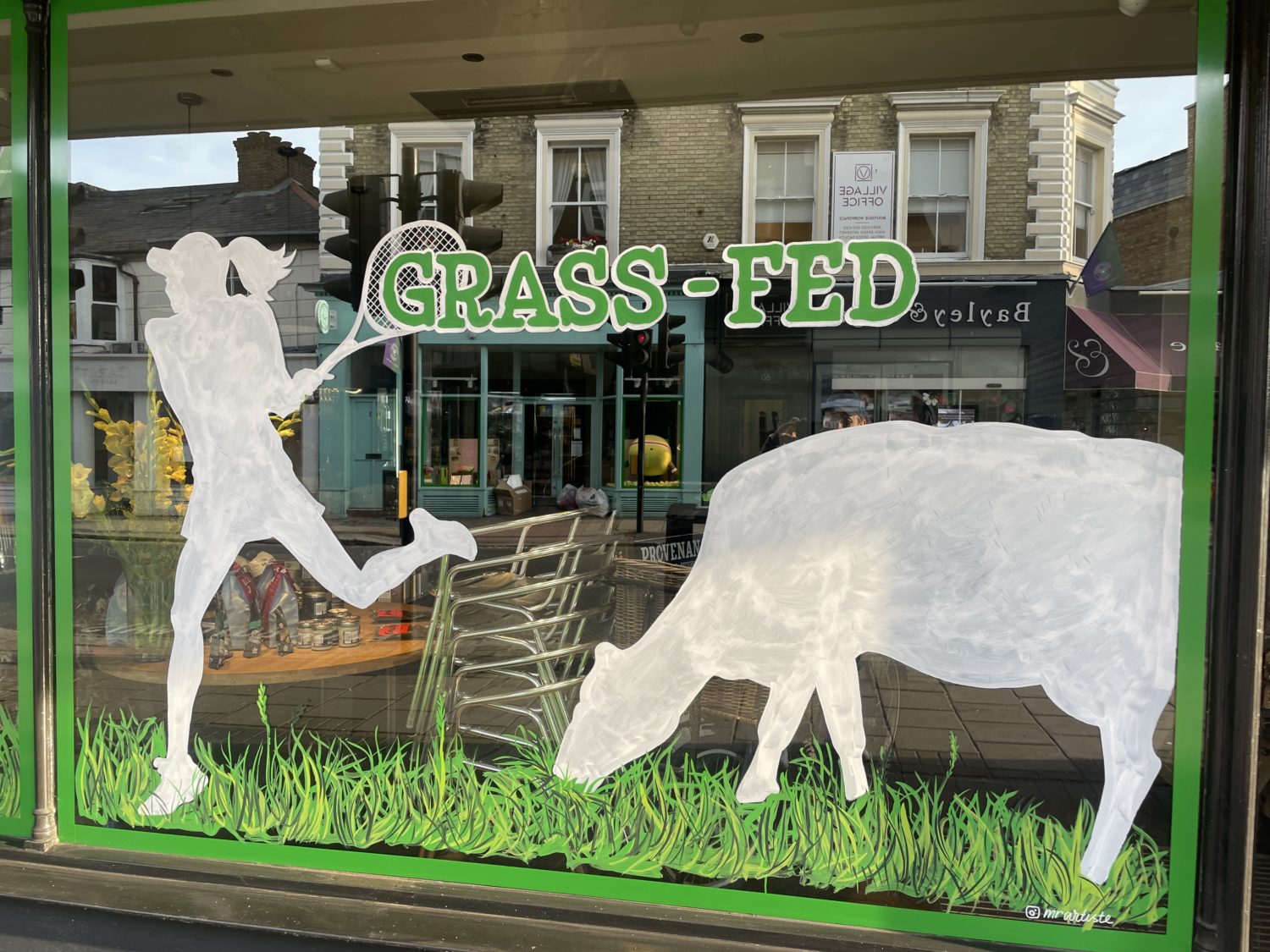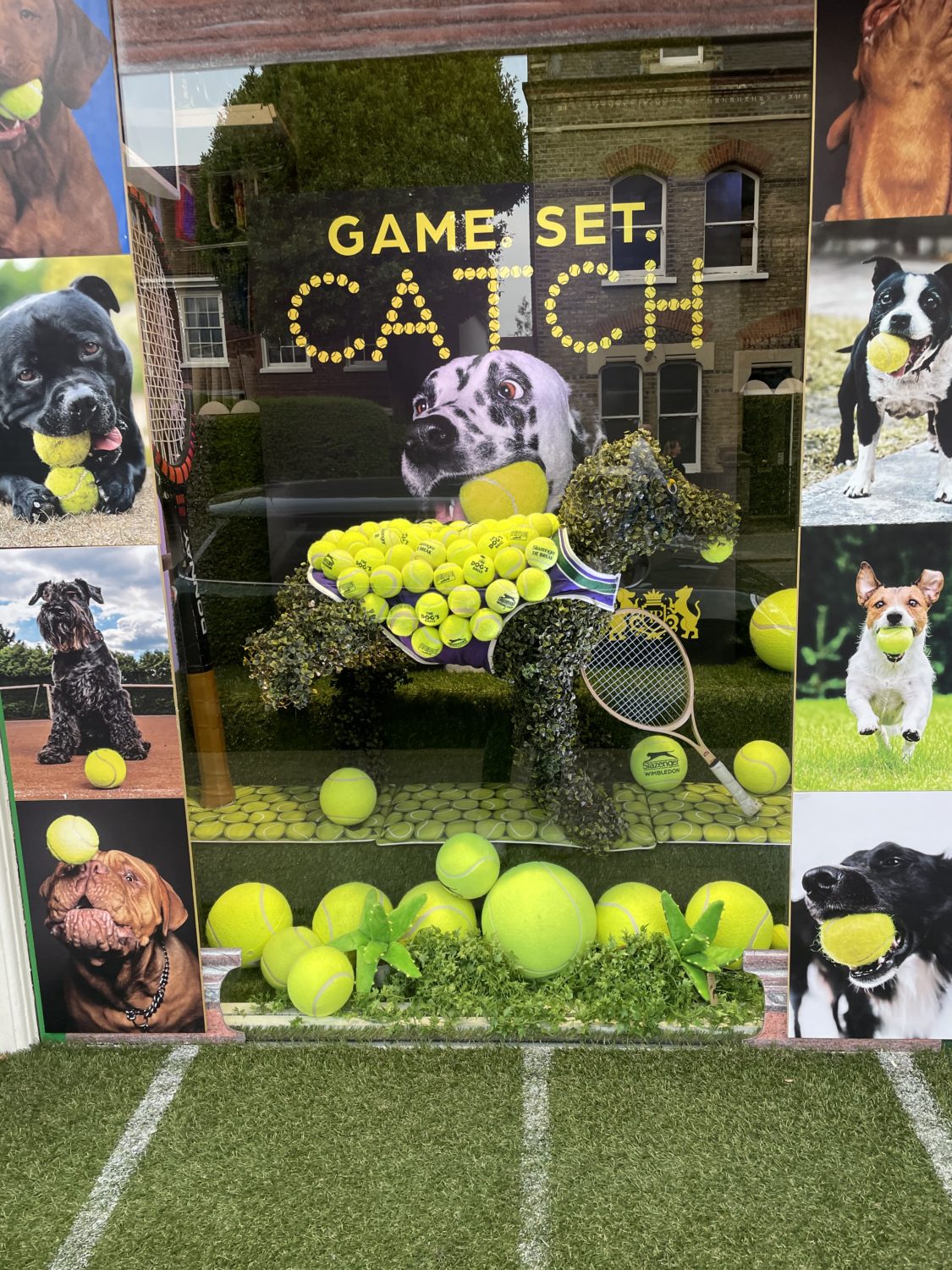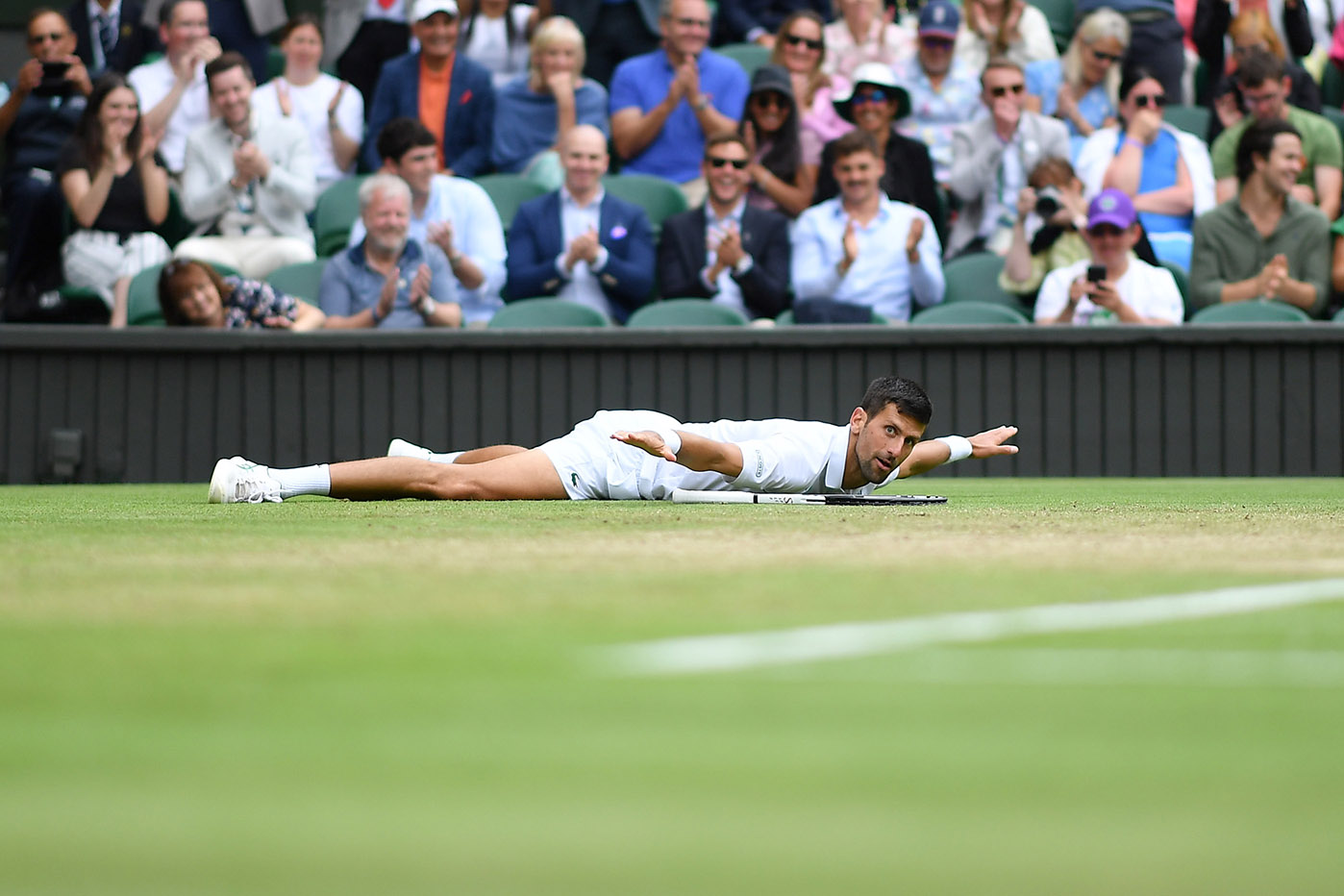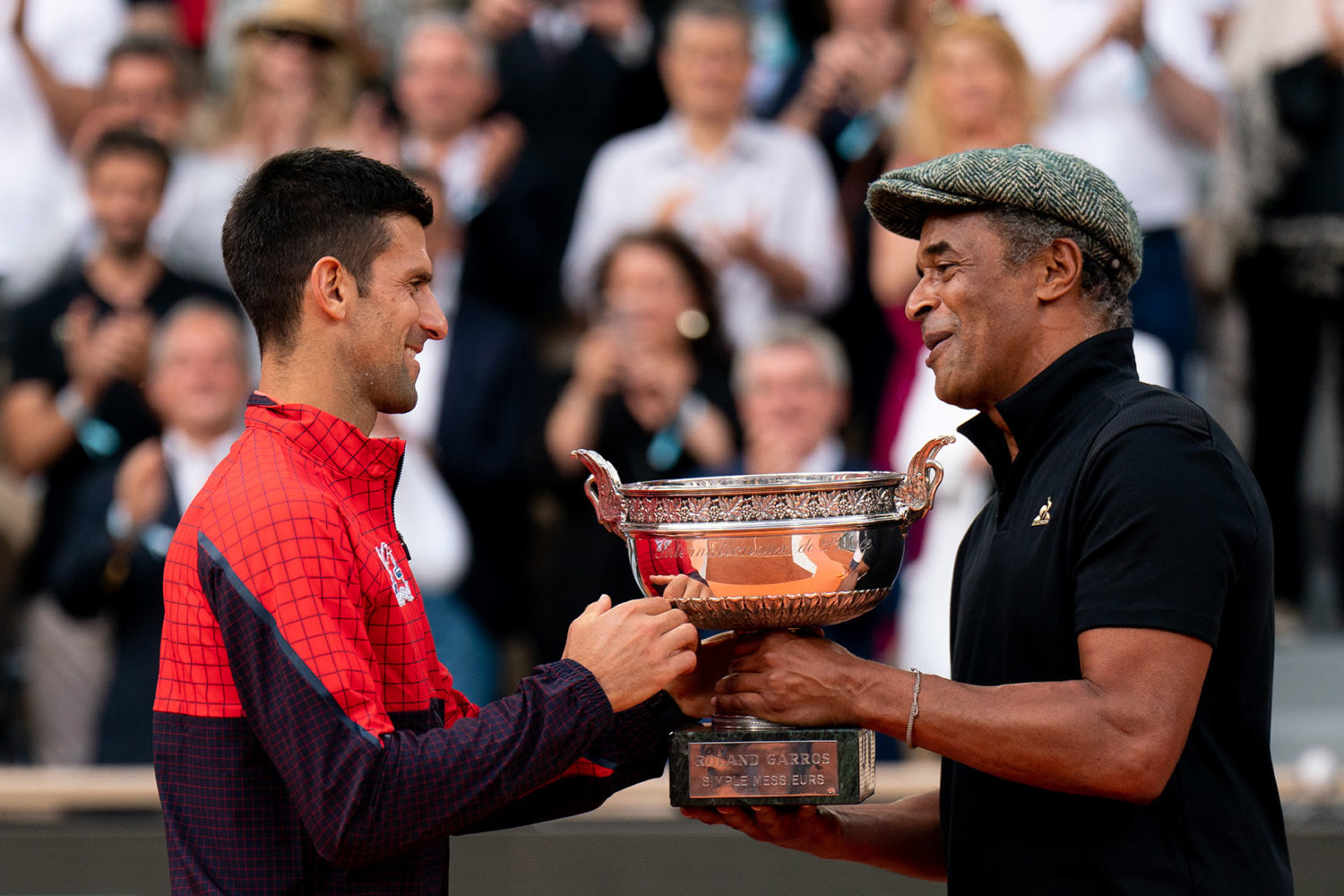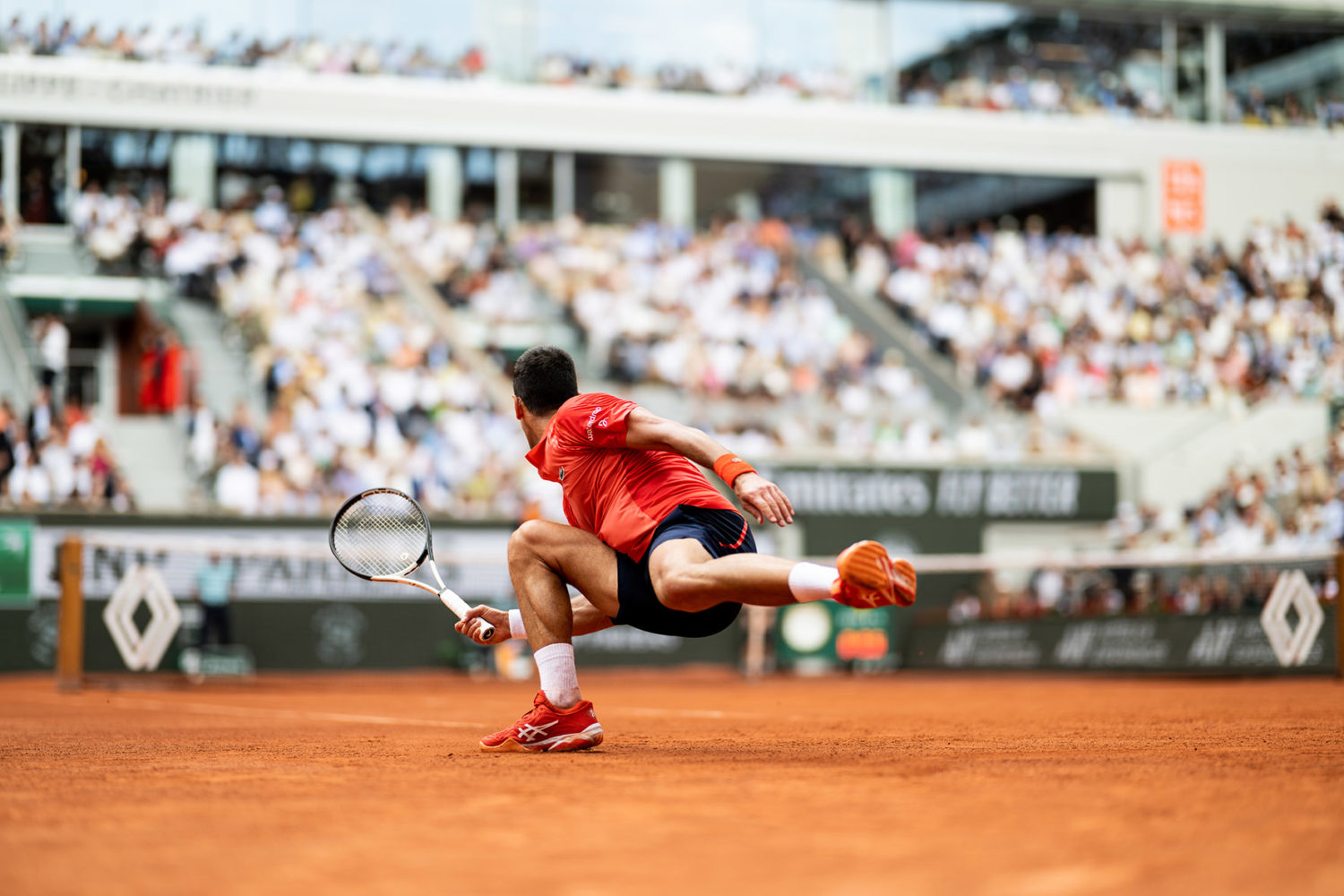New York’s Last Undefeated Hitting Partner
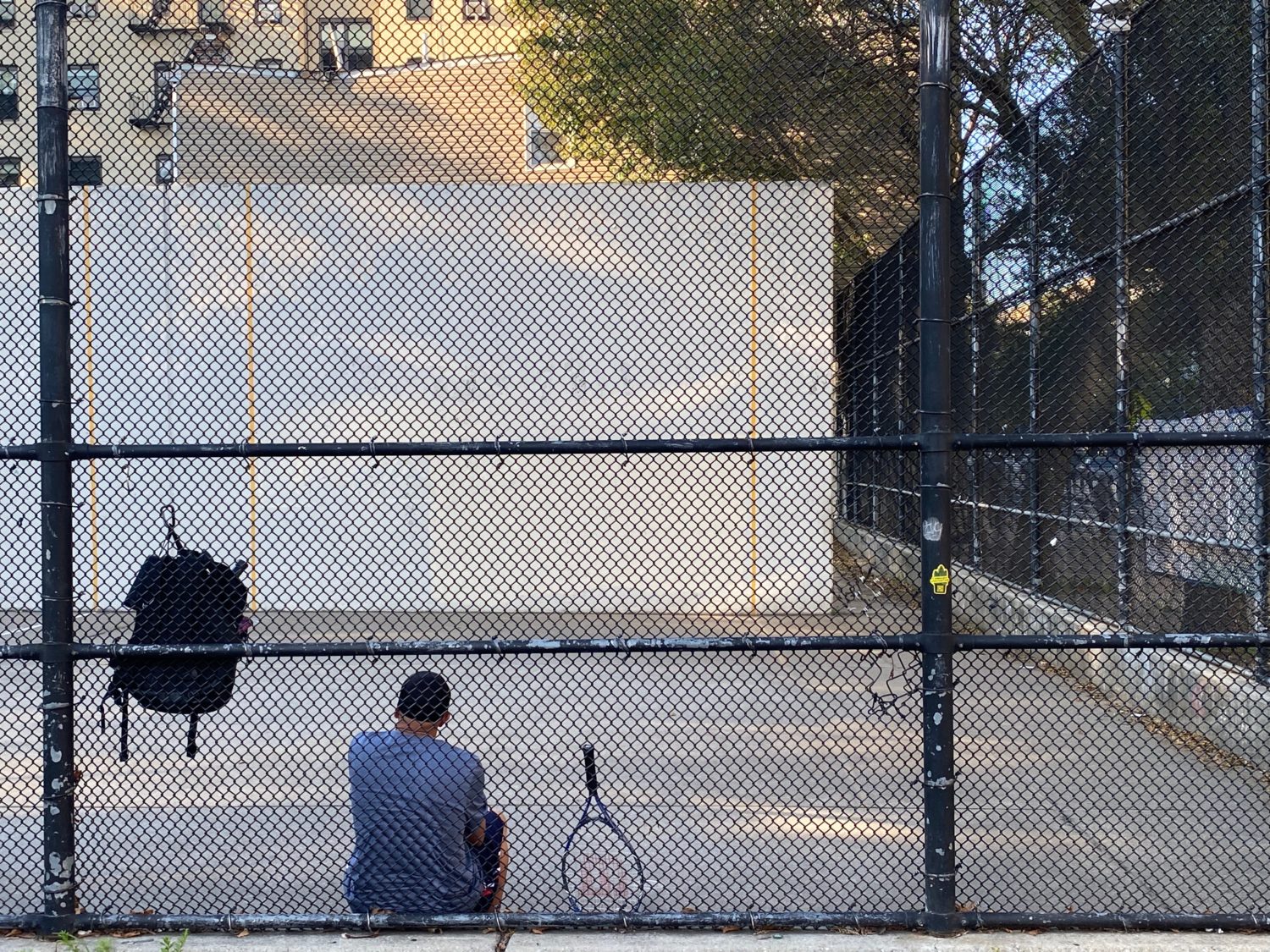
It sounds like a riddle: Who never swings a racket, but wins every point? The answer, at least in New York City, is a simple one. It’s the same hitting partner New Yorkers have dueled with for decades: the handball wall.
The wall––think a singles court bisected by a giant concrete wall instead of a net––offers practical relief from the supply-and-demand chaos that is finding an open tennis court in New York City. Limited space, long lines, and ludicrous fees prevent even the most dedicated amateurs from scoring a weekend court time. The wall adheres to a simpler economic model: show up, grab a ball, and start hitting. There’s no pretense, dress code, or online booking portals. If you hit it back, the rally continues. All hail the ball machine of the people.
But the handball wall deserves credit beyond its accessibility. There is beauty to this brand of tennis. It does not offer a gradual acclimation back into city life. There is no post-match martini by the pool. The city submerges you in its signature mix of sounds and smells. Rap music blaring from a passing car. Garbage piling up on the sidewalk. And you’re there––struggling, showing off, bargaining. Against the wall, the only option is to surrender your senses to the simplicity of an unbeatable opponent: backhand, backhand, backhand, backhand…
My wall on Roosevelt Island, the small stretch between Manhattan and Queens, is next to a playground and two basketball courts. I showed up on a Saturday morning around 8:30 AM. As I opened the gate, a red-faced man stepped off the court, carrying a racket and three balls. “Enjoy,” he said, panting. The wall’s first victory of the day.
I laced my shoes, picked up a ball, and pounded it three feet above my imaginary net. It shot wide off the wall to my backhand, forcing me to my left. I dug the ball out with a lunging slice. It angled off the wall to my right, bouncing ten feet behind me. 0-15.
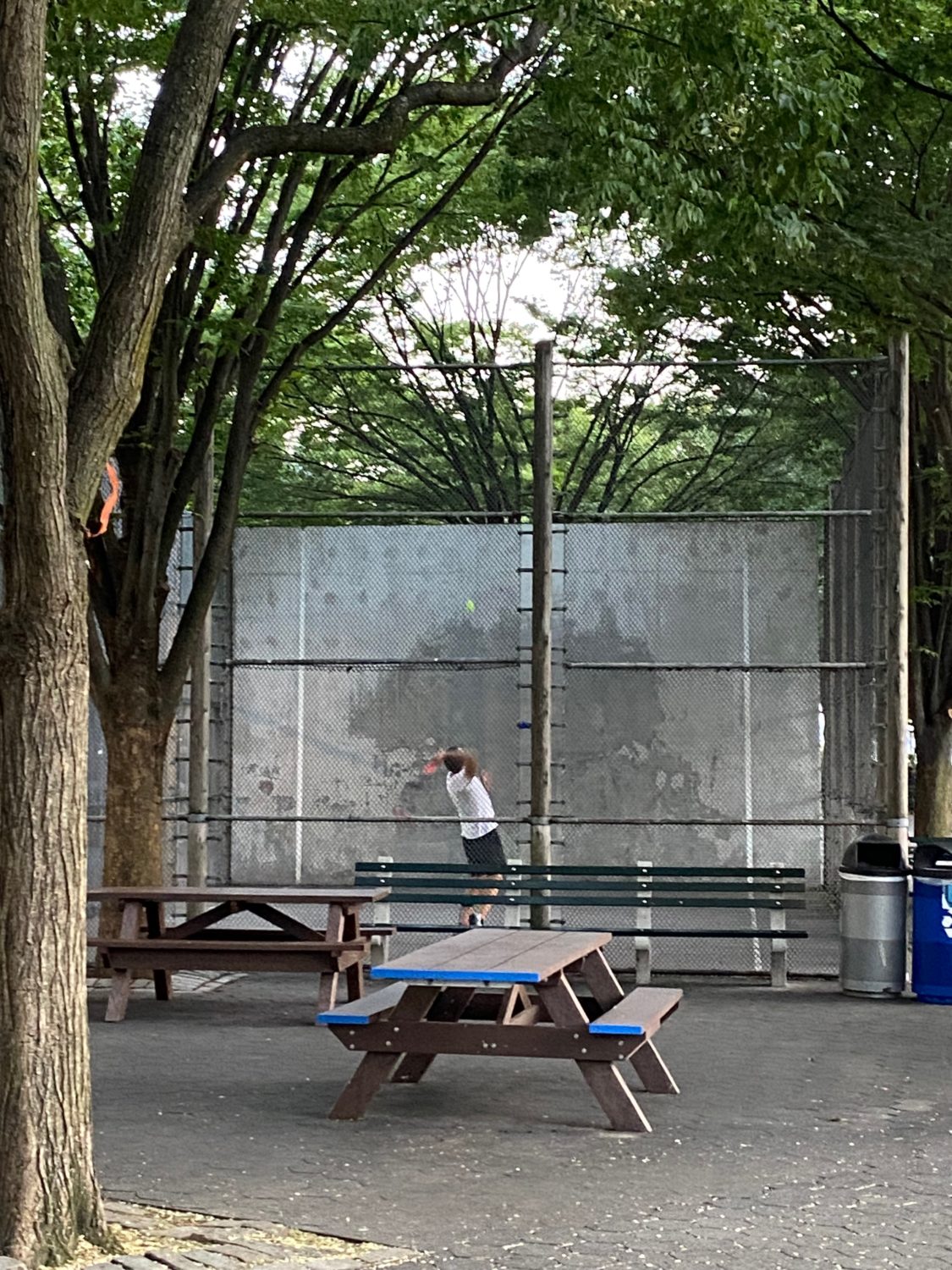
Over the next 30 minutes, the wall answered every question I asked. Heavy topspin forehand? No problem. Backhand down the line? All day. Dropshot? Nice try. Chipped white paint, sprinkled in the vague outline of an imaginary net line, served as a record of the players who came before me.
With defeat inevitable, my mindset changed from playing the wall to playing myself. I realized the lesson of New York City’s undefeated hitting walls. The wall is so consistent, so perfect that it almost becomes invisible. It doesn’t disguise wild spins or unexpected angles. It echos an adage every player knows by heart: you have to play yourself.
I began seeing NYC’s brand of tennis everywhere. Unlike tennis courts, typically constrained to big parks and private clubs, handball courts are tucked tight into corner lots and playgrounds. They don’t redirect the city’s flow––they channel it.
The courts off West 4th Street in Greenwich Village, known simply as “The Cage,” lure a passing crowd of downtown train riders, basketball players, and NYU undergrads. Further down the island, in Rockefeller Park, an errant forehand on the handball court might just end up in the Hudson River. The game continues outside of Manhattan. Off Jackson Ave in the Bronx, players step into St. Mary’s Park––an ampitheater of barbeques, birthday parties, and blaring speakers. Down across Randall Island in Astoria, Queens, tennis balls echo off the underside of the RFK Bridge. These walls mark the contours of the city. They cover its boroughs, map its neighborhoods, and mirror its cultures.
The next time your hitting partner oversleeps or misses the train, try your luck against the city’s last undefeated tennis player. It won’t brag, miss a line call, or make you sit in two-hour lines. And it already lives in your neighborhood. Try the wall. It’s tennis for one––and for all.
